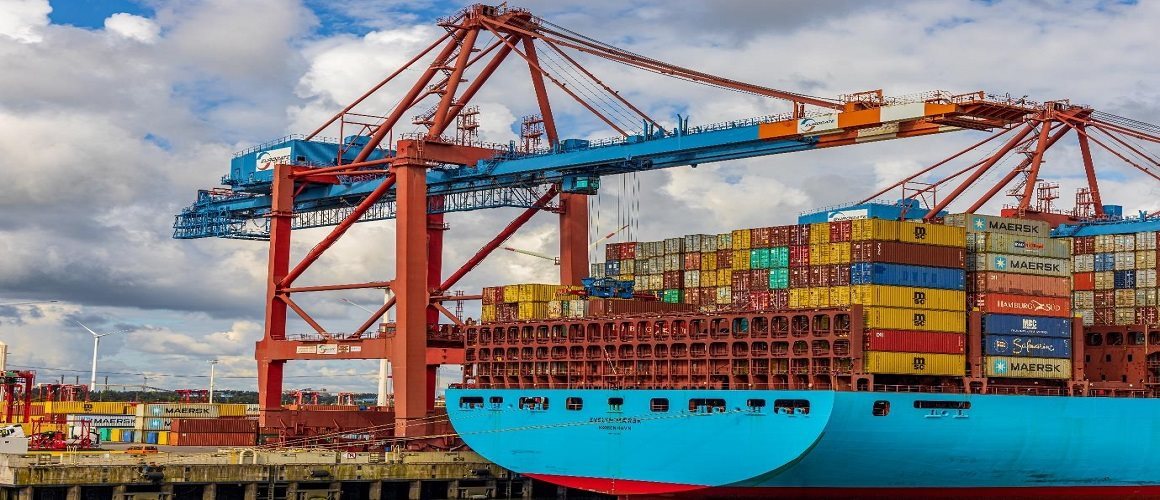
Over the past decade, the maritime industry has experienced significant growth and transformation, driven by a range of factors including technological advancements, globalization, and changing consumer behaviours.
According to the United Nations Conference on Trade and Development (UNCTAD), the total volume of seaborne trade grew by 3.8% in 2019, reaching 11.08 billion tons. This represents an increase of 2.7% compared to the previous year, and a growth of 21.5% since 2010.
In terms of containerized trade, the industry has seen significant growth over the past decade. According to the World Shipping Council, the global container fleet grew from 17.3 million TEU (twenty-foot equivalent units) in 2010 to 22.9 million TEU in 2020, representing an increase of over 32%.
The growth of the maritime industry over the past decade has been driven by a range of factors, including technological advancements, globalization, and changing consumer behaviours. As the global economy continues to evolve, the maritime industry is expected to play an increasingly important role in facilitating trade and commerce around the world.
Here are some key trends that have shaped the growth of the maritime industry over the past decade:
1.Increased automation and digitization:
The maritime industry has seen a significant increase in the use of automation and digitization over the past decade. For instance, digital documentation, automated cargo tracking, predictive maintenance, and port automation are processes that have been implemented to improve the overall efficiencies of port operations. Additionally, new technologies such as autonomous ships, blockchain, and artificial intelligence are transforming the way goods are shipped, tracked, and delivered.
2.Expansion of global trade:
The growth of global trade has been a key driver of the maritime industry over the past decade. Emerging markets such as China, India, and Brazil have experienced rapid economic growth, driving demand for raw materials, consumer goods, and other products that are shipped by sea. As emerging markets in countries such as Southeast Asia and Africa continue to grow, consumption via global trade is expected to continue to grow at a healthy rate. With the maritime industry being at the heart of global trade, it is likely that the maritime industry will continue to grow in both size and relevance.
3.Environmental regulations:
The maritime industry has faced increased scrutiny over its impact on the environment over the past decade, leading to the implementation of new regulations aimed at reducing emissions and improving sustainability. The International Maritime Organization (IMO) has introduced new regulations on ballast water management, greenhouse gas emissions, and ship recycling.
4.Increase in containerization:
The use of shipping containers has increased significantly over the past decade, enabling faster and more efficient transport of goods. The standardization of container sizes has led to the development of larger and more efficient container ships, with some vessels now able to carry more than 20,000 containers.
5.Growth of e-commerce:
The growth of e-commerce has had a significant impact on the maritime industry over the past decade, with increasing volumes of goods being shipped directly to consumers. This has led to new logistics models, such as last-mile delivery and fulfillment centers, as well as increased demand for smaller vessels that can access more ports.
6.Emerging markets:
Emerging markets such as Africa and Southeast Asia have become increasingly important to the maritime industry over the past decade, with new trade routes and infrastructure being developed to support growth in these regions
Overall, the maritime industry has experienced significant growth and transformation over the past decade, driven by technological advancements, globalization, and changing consumer behaviors. The industry is expected to continue to evolve and adapt to new challenges and opportunities in the years to come.